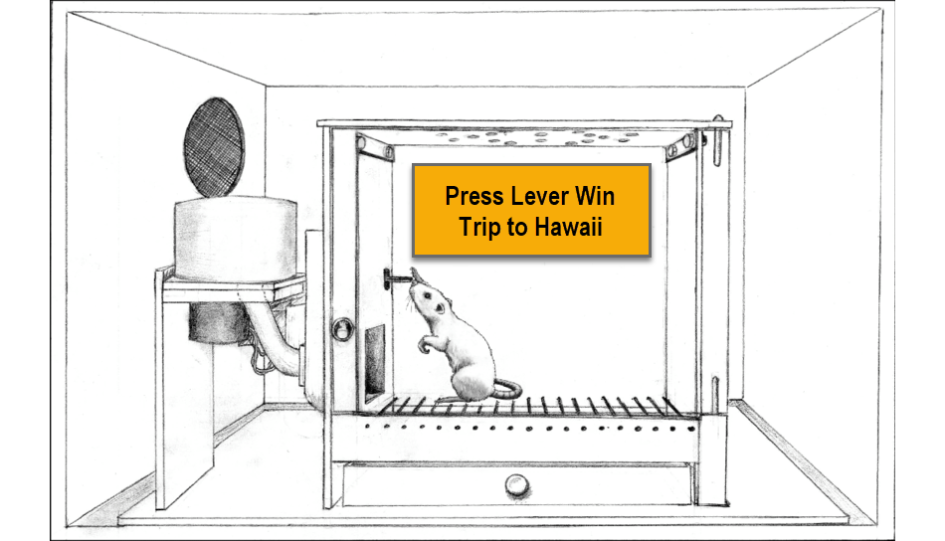There is a lot of conversation in the incentive blogsphere (yeah – it’s a thing) about how incentive programs influence behaviors. So much of it is misinformed and just bad design. There is too much braying from program designers who stayed at a Holiday Inn once on how they connected their program designs to the work of B.F. Skinner and other psychology experiments. They talk of “conditioning” and training and variable reinforcement. The use the word “extinction.” They probably smoke a pipe while writing those posts.
And yet so much of that positioning is pure BS.
Yes, rewards can get us to try a new behavior – breaking inertia is a prime function of great incentive design. And yes, that behavior might then lead to rewards in the program and ultimately, in the long term, result in rewards in compensation due to increased sales and increased business results. And ultimately, the person who decided to change their behavior to earn an award will continue to do that behavior because they see the results in the new house, the addition to the college fund or simply a day at Disney.
But make no mistake. That is not the same as “operant conditioning.” In our world – the business world – where we work with humans – what we are presenting are choice architectures – not conditioning experiments.
Very different.
We aren’t dealing with dogs. Your participants CHOOSE to play the game. They CHOOSE to accept the terms of the program to earn awards.
There is no “conditioned behavior”. None. Read it again.
So, all those posts about “random reinforcement” making your program better are only ½ true. Random reinforcement will provide motivation to keep trying. But it isn’t the same as a “conditioned” response as discussed in psychology texts relating to Skinner’s experiments.
It’s about giving people a choice – and a reason – to play.
We’re not training dogs or chimps. We’re helping humans make better decisions. That is what good design does.
Now go fetch. Ding. Ding.
Bonus Bonus Bonus
Touch here to register for an upcoming webinar September 17th on program design missteps.
Webinar panelists will include myself and Kurt Nelson, PHD – President and Founder, Lantern Group, co-Founder, Behavioral Grooves and Tim Houlihan, Chief Behavioral Strategist at BehaviorAlchemy and co-Founder, Behavioral Grooves.






Recent Comments